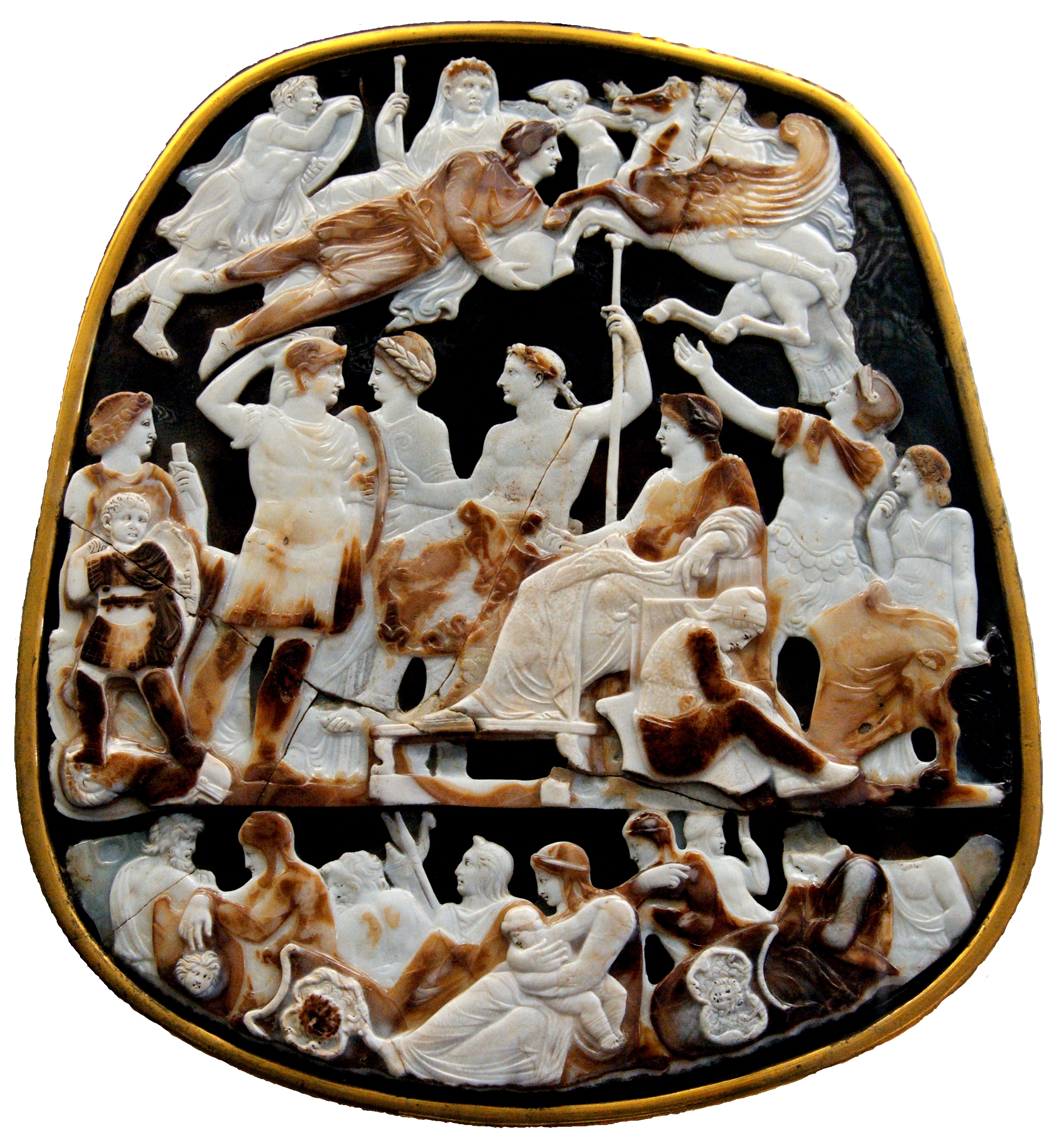
The History of Jewelry: Exploring Ancient Jewelry-Making Techniques

Jewelry has been an essential part of human culture since ancient times. Jewelry-making techniques and styles have evolved throughout history, reflecting the cultural, social, and economic changes of each era. In this article, we will explore the history of jewelry and some of the ancient jewelry-making techniques that have been used to create beautiful and intricate pieces that have stood the test of time.
Ancient Egyptian Jewelry-Making Techniques
The ancient Egyptians were among the first to develop the art of jewelry-making. They used a variety of materials, including gold, silver, and precious stones, to create intricate and ornate pieces that were often used to adorn the wealthy and powerful. The Egyptians were known for their mastery of goldsmithing, and they used techniques such as soldering, casting, and hammering to create their jewelry.

One of the most famous examples of ancient Egyptian jewelry is the funerary mask of King Tutankhamun, which was adorned with gold and precious stones. The mask is a testament to the Egyptians' skill in working with gold and their ability to create intricate and delicate designs.
Ancient Greek and Roman Jewelry-Making Techniques
The ancient Greeks and Romans also had a rich tradition of jewelry-making. They used a variety of materials, including gold, silver, and bronze, to create pieces that were often decorated with intricate designs and motifs. The Greeks were particularly known for their use of filigree, which involved twisting fine wires of gold or silver into intricate patterns.

The Romans were skilled at both metalworking and gem cutting, and they used these skills to create pieces that were often large and ornate. One famous example is the Great Cameo of France, a large piece of carved sardonyx that depicts a scene from Roman mythology.
Ancient Indian Jewelry-Making Techniques
In India, jewelry-making has a long and rich history that dates back thousands of years. The ancient Indians used a variety of materials, including gold, silver, and precious stones, to create intricate pieces that were often adorned with religious symbols and motifs.

One of the most famous examples of ancient Indian jewelry is the jewelry worn by the Mughal emperors. The Mughals were known for their love of jewels, and they used a variety of techniques, including enameling and filigree, to create elaborate pieces that were often set with precious stones such as diamonds, rubies, and emeralds.

